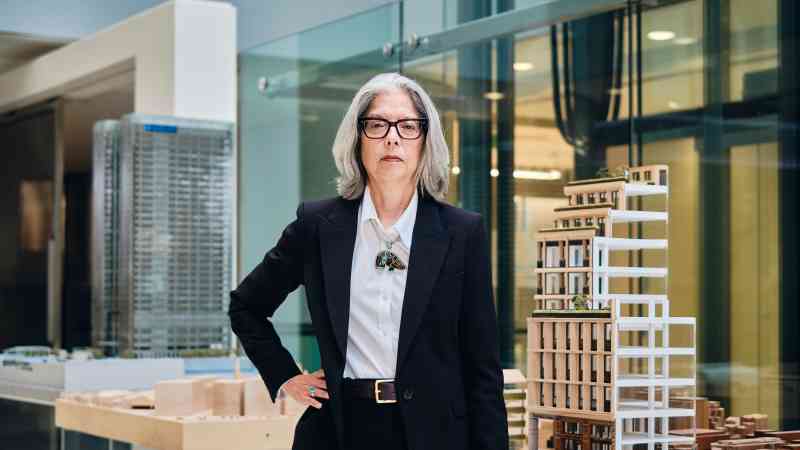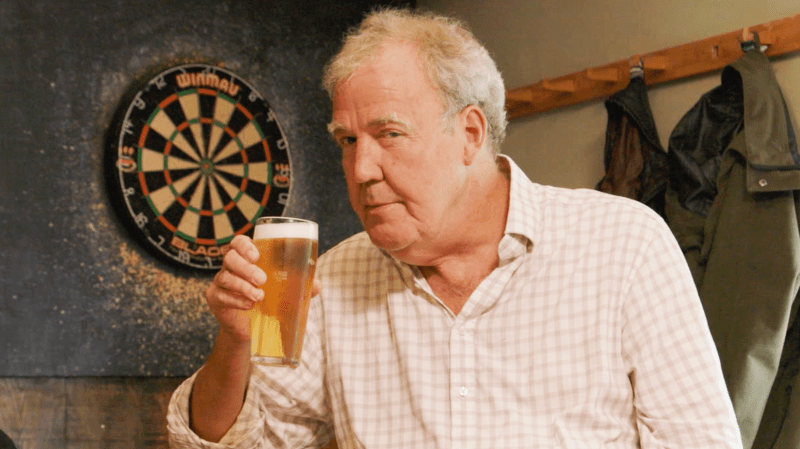The benefits of sharing life at the pinnacle of architecture
As first projects go, overseeing the building of the 220,000 sq ft US embassy in Moscow was a baptism of fire for Susan Klumpp Williams, then a 33-year-old project manager at HOK, a large American architecture firm.
The new embassy would replace a brand new building estimated to have cost about $270 million to construct, which had to be demolished in 1989 after its walls and ceilings were found to be riddled with electronic surveillance devices. “It was very complicated because it had very stringent measures. We had to work in very specialised spaces in my office and then I had to learn all the security protocols on top of [learning] all the basics of how you run a project,” Klumpp Williams, now 68, said.
Her efforts were noticed. Having climbed the ranks at HOK in the intervening years while leading other landmark projects such as the FBI Laboratory headquarters in Virginia, she is now running the company alongside Eli Hoisington, her co-chief executive.
Their appointment, formally announced last April, followed the death of Bill Hellmuth, their long-serving predecessor, aged 69. In her role as managing principal of the Washington DC office, Klumpp Williams had worked alongside Hellmuth for 30 years and still seemed shaken by his death. “We knew each other very well,” she said. “He was the designer in the Washington office [and] we were a team. The whole thing is incredibly sad. Bill was very vibrant and a whirlwind of energy who loved working in design and loved working with our clients.”
It was Hellmuth’s idea to partner Klumpp Williams and Hoisington to lead HOK. “When he got ill, he came to me and he said, ‘I have this idea. I think it might be a good one.’ And that was to team Eli, because he’s a designer, with me on the management side. Mine and Eli’s goal was to then make everything seamless. We want everybody to realise, ‘You’re in good hands because the leadership group that has been leading you is still in place and we are just fine.’ ”
She says having a co-pilot will hopefully make her less likely to burn out. “If you read statistics on how long CEOs last, it’s about five years. The co-CEO role allows us to split the workload and Eli still gets to do what he likes to do, which is design buildings and work with his practice. I still get to do what I like, which is to manage my region. And we split travel, which helps with work-life balance.”
Female chief executives in the architecture world are still something of a rarity. Research from the trade magazine dezeen in 2022 found that only three of the world’s hundred biggest architecture firms were run by women and only two had management teams that were more than 50 per cent female. “It’s great to be a role model for all the women in the company,” Klumpp Williams said. She said she was asked by an employee recently whether she had any female role models when she was rising through the ranks. The answer? A resounding no.
“It was very male dominated. There were women architects but the problem at that time, which I think has changed, was that women had children and then they never came back. If women designers didn’t get the kind of forward movement with their careers that they wanted, they got frustrated and left, either to open their own firm, or to work in much smaller businesses. And sometimes they just changed industries altogether.”
Klumpp Williams, who has two children aged 20 and 22, said she was often asked by more junior women in the firm about how to juggle a career and family life. “You need a supportive spouse, which I was lucky to have, and one of my attributes that helped me a lot through my career is I’m very organised. And I’m very, very good with time management. So I’m careful on how I schedule my days. You won’t find me talking in the kitchen over a cup of tea for an hour: I don’t have time for that or I’m going to be working overtime. I don’t want to still be doing this at eight o’clock at night. I want it done.”
Klumpp Williams was in London for five days and as part of her trip visited the Crick Institute, one of Europe’s largest biomedical and research centres, which was designed by HOK and opened in 2016. She said science and technology spaces were a growing part of the firm’s work in the UK. For companies and organisations operating in this space, having the right building with the right facilities helped them to increase “speed to market” of game-changing breakthroughs such as vaccines. “They’re coming up with solutions to help the world’s challenges.” Many of the firm’s current projects are under wraps but she said she was proud of the Advanced Research Cluster they recently opened at Glasgow University.
One area of the business that continues to struggle is commercial buildings work, which has yet to recover from the pandemic. This is true across their global offices, especially in America, she said. “We have the post-pandemic effect of people who don’t really want to go back to the office and very high vacancy rates, so that industry will come back at some point but I suspect it’s not next year.” She said HOK’s strength was its “diversity of market and diversity of geographies: when one sector’s down another sector is booming”.
One such boom area is music and sport venues: HOK is the architect behind the recent £50 million renovation of the AO Arena in Manchester, which extended its capacity to 23,000. Klumpp Williams has a soft spot for sports stadium projects and said one of her favourite projects was designing and building the Nationals Park baseball stadium, which opened in Washington DC in 2008.
It is particularly memorable because she had pushed for it to be built to a high level of sustainability specifications, despite that not originally being in the plans, or the budget. She had to work with the builder, planners and financiers to get it over the line and they ended up with a stadium built to LEED Silver standards (LEED certification is the world’s most widely used green building rating system). It was America’s first professional sports venue to get the stamp of approval.
The day it opened was a memory that will endure for Klumpp Williams. “On opening day with 40,000 screaming fans it was like, ‘Oh boy. Finally, baseball is back in Washington DC and all these people are so happy.’ ”




Post Comment